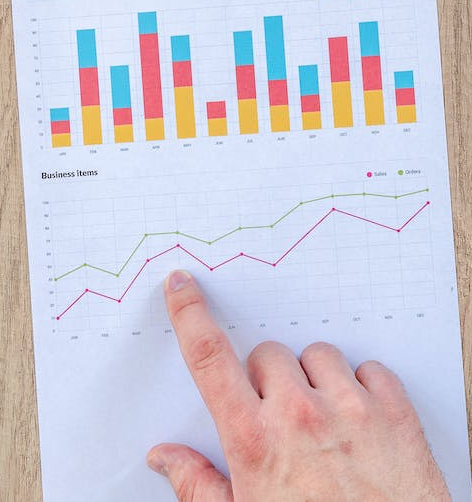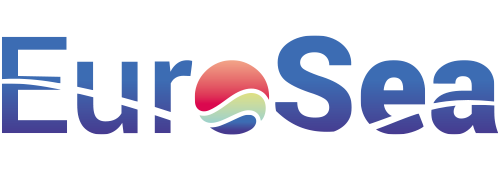
Description
Understanding the impact of particular observations on ocean forecasts can significantly refine the way forecasts are generated. By analysing which observations contribute most to the forecast’s accuracy, one can optimize observational campaigns, resources, and strategies.
Impact During the Project
Optimization of Observation Resources:
Traditional State: Ocean forecasts were typically based on a broad array of observational data without clear knowledge of which specific observations had the most impact on the forecast’s accuracy.
Advancement: By discerning which observations are most influential, resources can be better allocated, focusing on obtaining the most impactful data types or from key regions.
Enhanced Forecast Accuracy:
Traditional State: Without a precise understanding of which observations were most vital, there might have been inconsistencies or inaccuracies in forecasts.
Advancement: By prioritizing the most impactful observations, the reliability and accuracy of ocean forecasts can be considerably improved.
Broadened Scientific Understanding:
Traditional State: The understanding of the influence of specific observations on forecasts was limited, potentially leading to gaps in scientific knowledge.
Advancement: The analysis can lead to a deeper understanding of oceanic processes and their interplay in forecasts, filling knowledge gaps.
Impact Post Project
Informed Decision Making for Observation Campaigns:
Traditional State: Decisions about where to deploy observational instruments or which data to prioritize were made without detailed knowledge of their impact on forecast outcomes.
Advancement: Recommendations emerging from the analysis can guide future observational campaigns, ensuring more efficient data collection and better utilization of resources.
Enhanced Model Development:
Traditional State: Ocean forecasting models were developed with a general input of observational data, possibly leading to models that weren’t fine-tuned to the most impactful data.
Advancement: Insights from the analysis can influence model development, leading to forecasting models that are more responsive to the most influential observational data.
Broader Application of Analysis Techniques:
Traditional State: The methodology used for analysing the impact of observations might have been limited to specific ocean regions or forecast types.
Advancement: The techniques and methodologies developed can be applied to other oceanic regions or even different types of environmental forecasts, broadening their utility.
Advancement over and above State of the Art
Evaluating the impact of specific observations on ocean forecasts signifies a major step forward in the field of oceanography and forecasting. This approach not only optimizes resource allocation but also enhances the scientific community’s understanding of how various oceanic observations influence predictive models. The resulting recommendations can substantially refine forecasting techniques, leading to more accurate and reliable predictions, better resource management, and an enriched understanding of ocean dynamics.
Links and References
Link to D2.4 – Indicators for demonstrators and forecast: https://eurosea.eu/download/eurosea_d2-4_development_targeted_indicators-2/?wpdmdl=5518&refresh=650197c521a2e1694603205
